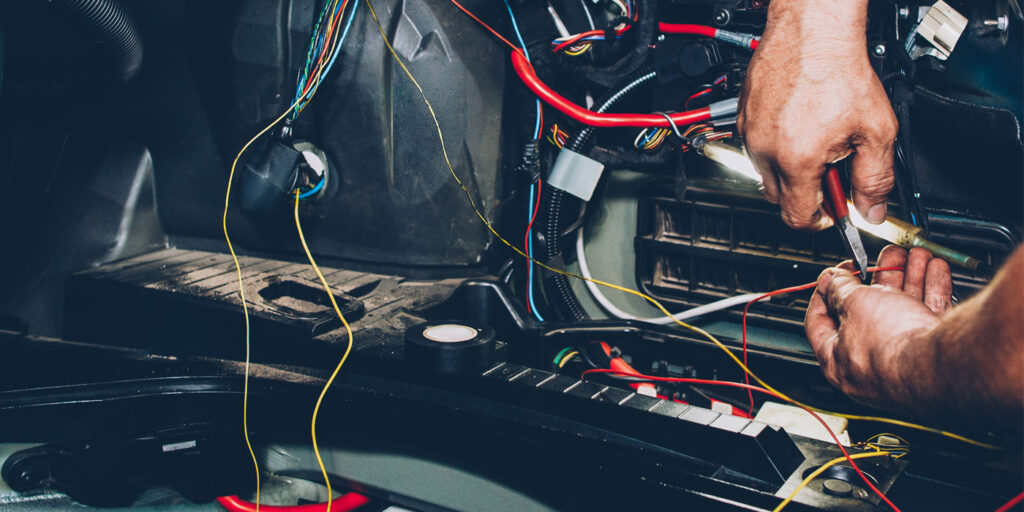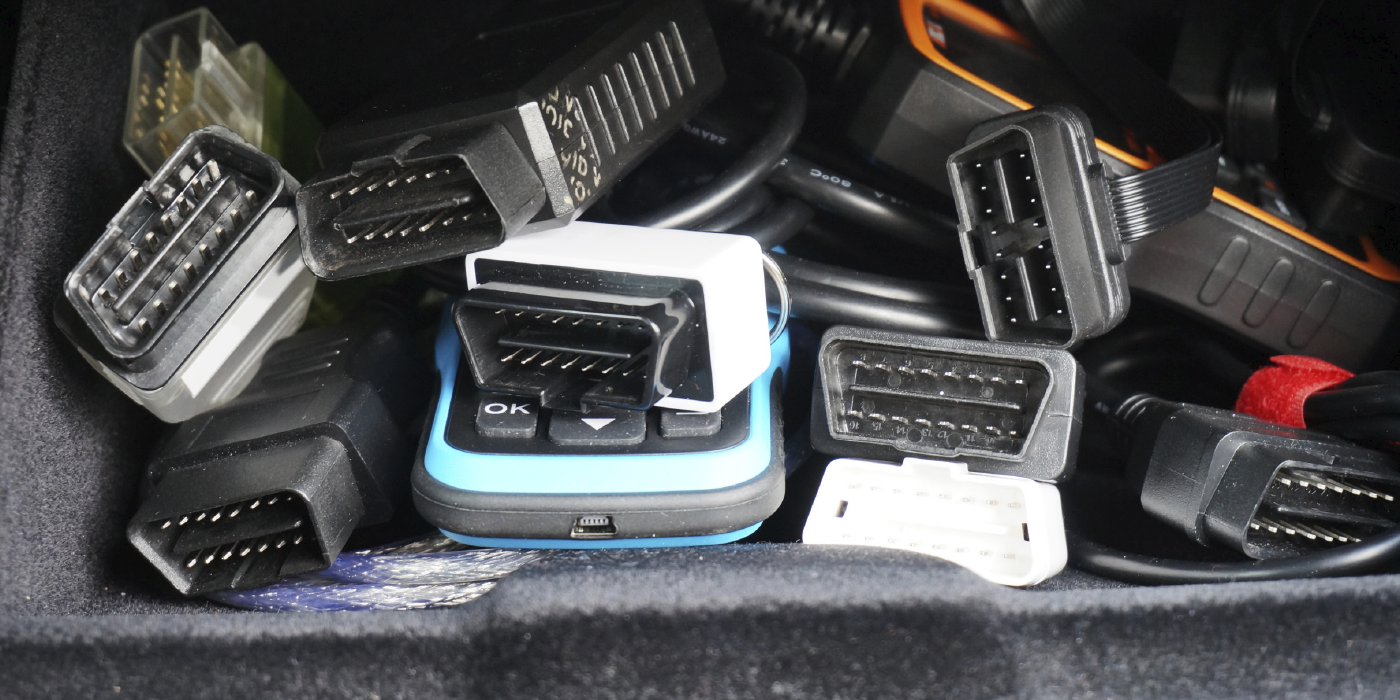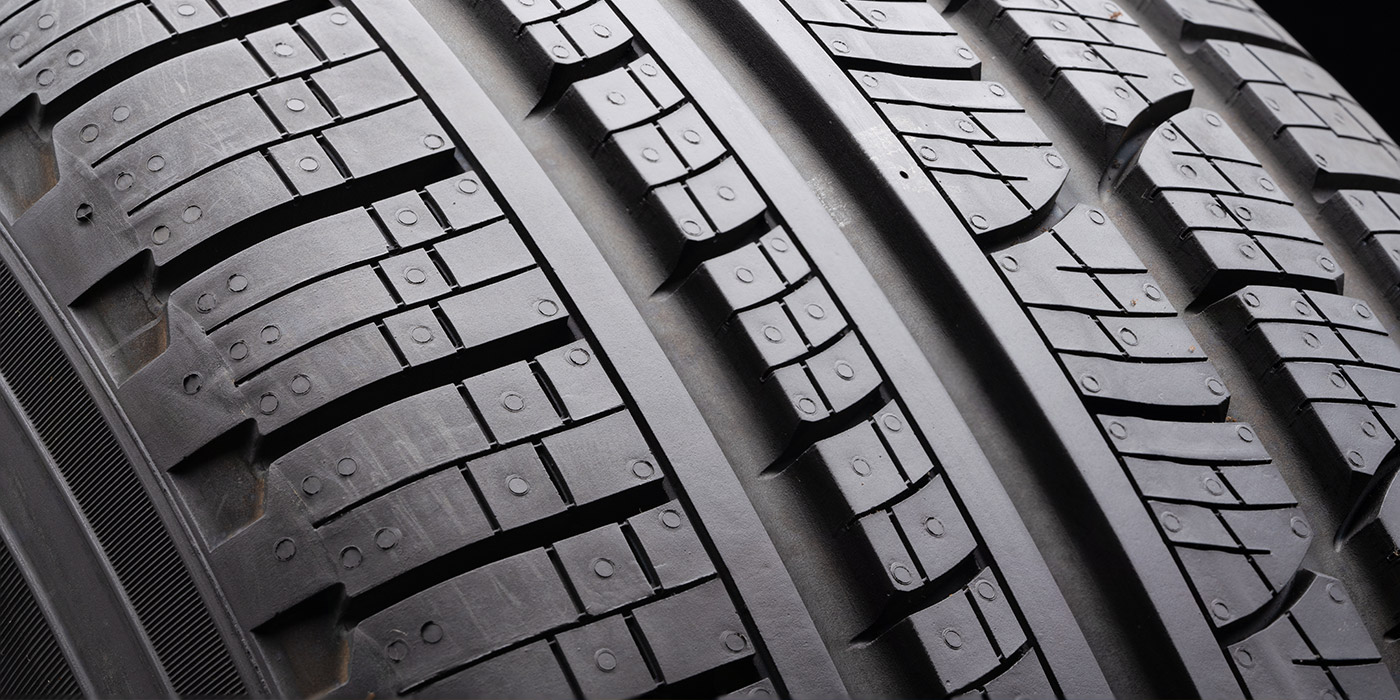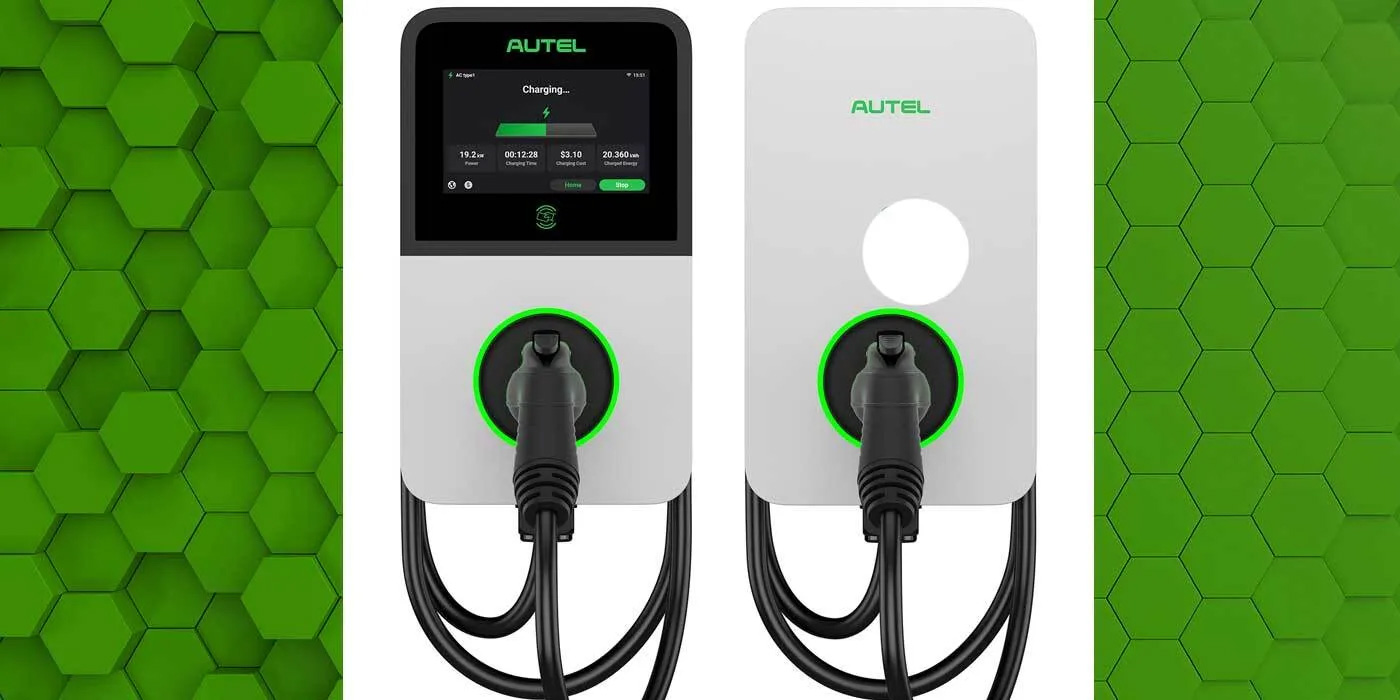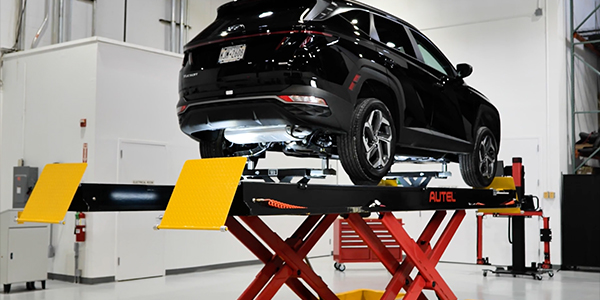Brain surgeon, step aside. Let the auto technician through. Electrical diagnostics are on the table. Sound crazy? This may not be as far-fetched as it seems. Like doctors, today’s technicians need advanced equipment, accurate procedures and a solid mindset.
Your diagnostic approach needs to be well thought out, and it starts with your equipment. Modern computer controls and circuitry leave no room for error. Think of it like engine repair. You’re probably familiar with measuring clearances. You’re working in thousandths or less. You don’t use a yard stick; you use precision tools like micrometers and calipers. If a measured clearance isn’t within spec, something isn’t right.
Electronics are the same way. Test lights or low-quality meters just won’t cut it with today’s cars. When electrical systems were nothing more than lights and electro-mechanical devices, you could practically diagnose everything with a test light. But with modern electronic systems, a test light is almost meaningless.
Electrical circuit diagnosis comes down to three things: voltage, current flow and resistance, and today you can also add logic.
Voltage seems simple, right? Maybe it used to be when a minor voltage drop had little effect on a lighting circuit, but think about low voltage reference and computer circuits today. Even the slightest voltage drop can affect operation, causing intermittent faults and permanent headaches. Generally, anything more than 0.10V is an unacceptable voltage drop for automotive circuits. A high-quality high impedance meter is needed for diagnosing these circuits, so the meter doesn’t affect the operation of the circuit during testing.
Now think about hybrid and electric vehicles. Forget about 12V. You will soon be working with voltages that could be in excess of 800V. You’ll need the proper personal protective equipment and a multimeter that is rated for this voltage. It’s critical. There are no shortcuts here.
Circuit resistance is also a measurement that leaves no room for error. Resistance creates voltage drop. If you’re not able to perform a voltage drop test with the circuit under load, you’ll have to depend on a high quality and accurate multimeter to get the job done. Resistance that would barely make a noticeable difference to a lighting circuit years ago could be way over the allowable specification for a modern circuit. Depending on the circuit, you may need accuracy of tenths, hundredths or even thousandths of an ohm.
What about current flow? Parasitic battery drain is a common problem we frequently need to look for. It can only be accurately done with the battery connected so all systems can work as normal. A low current probe can be used to determine if battery drain is above acceptable limits, and voltage drop testing can be performed across individual fuses in order to determine which circuit is causing the problem.
Logic is the last piece of the puzzle. We need service information to tell us what to test. We need to know what specifications we are looking for. We need to know how the circuit works. We have no way of determining the logic until it’s explained to us. Often, it all starts with a trouble code, and we rely on our scan tool to not only communicate with the vehicle, but to provide us with up-to-date service information, service bulletins and technical information so we can arm ourselves with the proper information and tools to begin our diagnosis.
Thinking about the problem and planning our diagnostic process utilizing the precision equipment critical for today’s complex electrical systems gives us the right tools for success. TS

